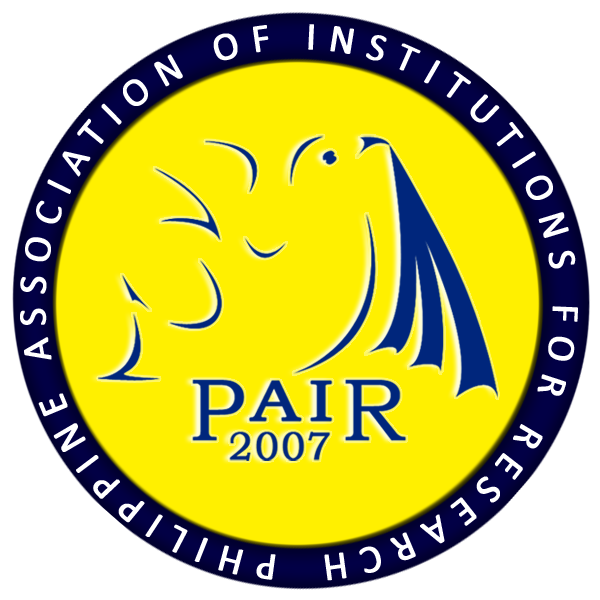What Drives Curriculum Implementation? The Case of Secondary Science Education Curriculum among Selected Teacher Education Institutions in the Philippines
DOI:
https://doi.org/10.7719/irj.v24i1.948Keywords:
BSED Science Curriculum, Curriculum Implementation, Multinomial Logistic Regression, descriptive quantitative, PhilippinesAbstract
Science majors in various teacher education institutions perform below the national passing rate despite the curriculum mandates by the Commission on Higher Education. The question lies in how these standards and guidelines are implemented across Teacher Education Institutions of the country. An investigation on how the curriculum of the Bachelor of Secondary Education (BSED) Science in selected Teacher Education Institutions (TEIs) in the Philippines was conducted utilizing a descriptive quantitative design to 10 selected private and public tertiary schools. It analyzed curriculum components such as course outlines, program of study, and curriculum maps while examining institutional factors like faculty qualifications, experience, and student-teacher ratios. It was found that there was an extensive implementation of course outlines and evaluative measures, which indicates that schools had a strong focus on clear learning objectives and effective assessment practices, while limited implementation was noted in the aspect of OBTL course descriptions and learning plans. Multinomial logit regression analysis showed that institutional type, faculty qualifications, and teaching experience significantly determine the likelihood of achieving higher levels of curriculum implementation. Based on this finding, there must be a continuing professional development for teachers for better curriculum implementation. The government should extend subsidies to improve resource allocation, and a more vigorous system of curriculum support to enhance the quality of teacher education in the country.
References
Aithal, P. S., & Maiya, A. K. (2023). Exploring Quality in Higher Education: An Introduction and Theoretical Framework. International Journal of Philosophy and Languages (IJPL), 2(2), 98-114.
Alahmad, A., Stamenkovska, T., & Gyori, J. (2021). Preparing pre-service teachers for 21st century skills education: A teacher education model. GiLE Journal of Skills Development, 1(1), 67-86.
Bantwini, B. D. (2010). How teachers perceive the new curriculum reform: Lessons from a school district in the Eastern Cape Province, South Africa. International journal of educational development, 30(1), 83-90.
Published
Issue
Section
License
Copyright (c) 2025 Gerlie D. Cutab

This work is licensed under a Creative Commons Attribution-NonCommercial 4.0 International License.








